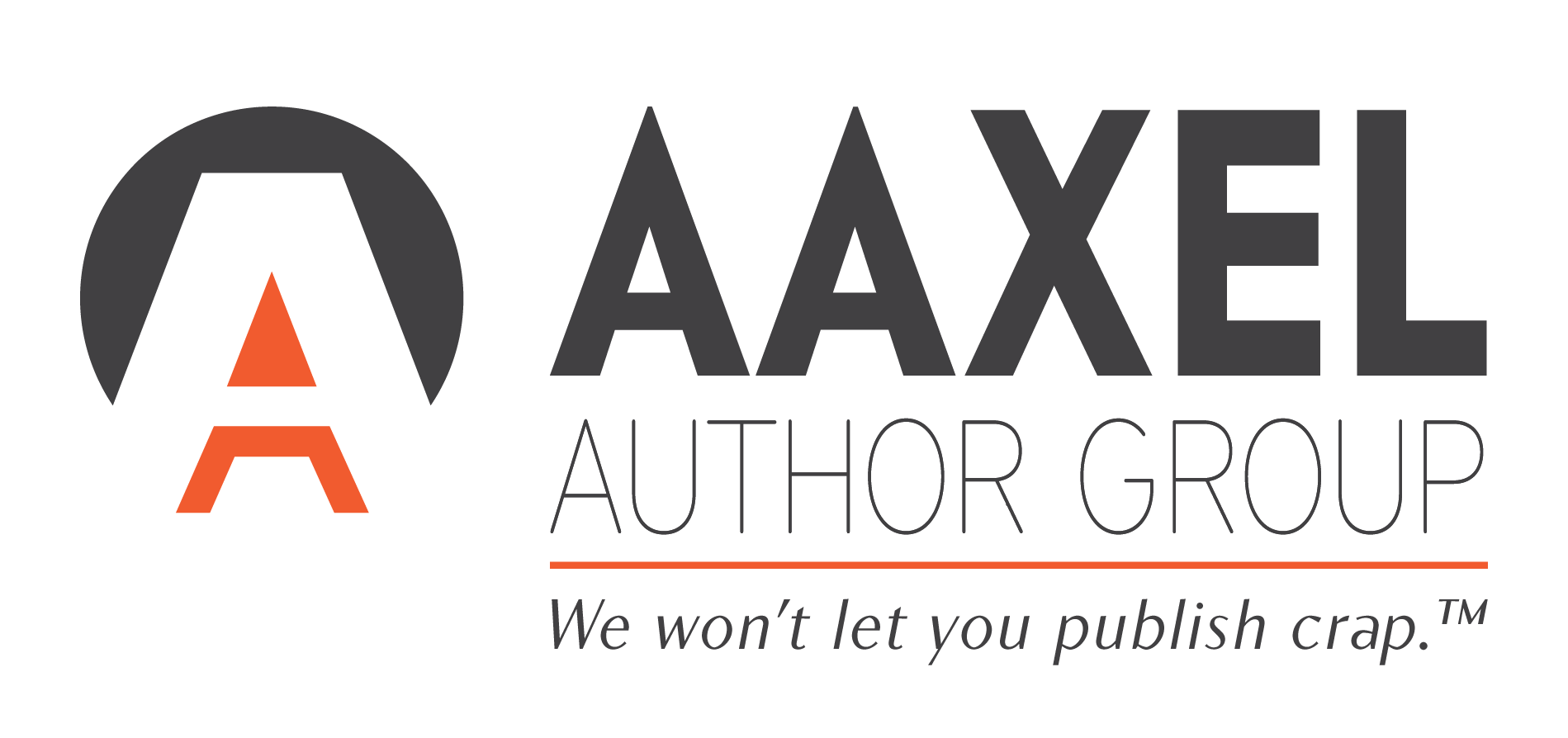5 Steps You Have to Take Before Producing Your Children’s Book – Part I
When it comes to writing and publishing, one of the most popular genres is children’s books. At the Aaxel Author Group, we receive many requests from children’s authors. While these authors are very enthusiastic about their manuscript, quite a few are surprisingly unaware of the scope of work involved in producing a children’s book. True, children’s books are shorter than (nearly) any novel, but the degree of planning and preparation is almost unparalleled.
The good news is, the project doesn’t have to be torturous. Over the next couple of posts, we are going to break down the 5 key actions you have to take once your manuscript is finalized (yes, before publication):
Step #1: Determine Page Breaks
This is such an important step, and must be the first thing you do. It’s one thing to write your manuscript. It’s quite another to imagine how it will look in book format. This is a challenge most prose writers don’t have to think about. But children’s authors must be able to have some idea of how their work appears as an actual book. Why? Determining your page breaks will help you a) determine how much content will have to go on each page and b) get you thinking about appropriate illustrations for each page (more on that later).
How do you determine page breaks? Here are three clues that indicate a page break is in order:
-
- A change of scene: This is the most obvious one. As soon as we transition to a new scene, a new moment in the story, you need a page break.
- A significant transition within a scene: If your characters are opening a treasure chest, the big reveal of what lies in that treasure chest requires an element of surprise, and nothing creates that better than compelling your reader to turn the page. If your scene is making a significant shift, you likely need a page break.
- Too much content to fit onto one page: If you have a scene that doesn’t necessarily contain a significant transition, but that is quite long, you will have to break up that content over two (or more) pages. In these cases, you want to strike a nice balance and avoid having one page outweigh the other.
Step #2: Look at Your Text
Once you have determined the page breaks, have a look at how much content you envision on each page. Is there too much text? A children’s book with too much text—along with illustrations—ends up looking amateurish, not to mention less appealing to parents and children. If your hunch is that your story is too long, either break the content up into a few more pages or delete some of it completely!
Step #3: Determine Illustrations for Each Page
Now that you know what content goes on each page, it’s time to turn your attention to illustrations! Some authors presume their illustrator will figure all of this out, but that is rarely the case. An illustrator is there to illustrate your book—not decide which illustrations to make. A good illustrator will certainly make recommendations, but as an independent author, you are the one calling the shots. You must decide what illustration you want accompanying the text on each page. This is certainly not as easy as it sounds, but here are some tips:
-
- Decide which illustration would encapsulate the core action or moment of each page. Some authors feel compelled to cover every moment of every page, but this is usually impossible, not to mention that it can overcrowd your book, which is not something you want.
- Make sure you aren’t selecting too many variations of the same illustration. If your story is about a dog, while the dog is likely going to be in every scene, perhaps he doesn’t have to be the “star” of every scene. If the illustrations look too much alike, they become repetitive and make for a flat reading experience for the child. You want a nice range of illustrations.
- Decide which illustrations are best as full-page spreads. It’s quite common to have full-page spreads in children’s books. While having these for every page can make for a stunning book, illustrations can be quite an investment for an indie author. What we usually recommend is to include a few full-page spreads, usually equivalent to about 10-15% of your page count (though this can vary). Pick moments in your story that represent major turning points; these can make for the best full-page spreads.
Stay tuned for our next blog post for steps 4 and 5. Children’s books can be complex, yes, but they can also be fun! It all comes down to being prepared. Of course, nothing beats having a team by your side. At the Aaxel Author Group, we work on many children’s books, and you can check out all of our services here.
Do you have any questions about the publishing process? Contact us so we can discuss more!
